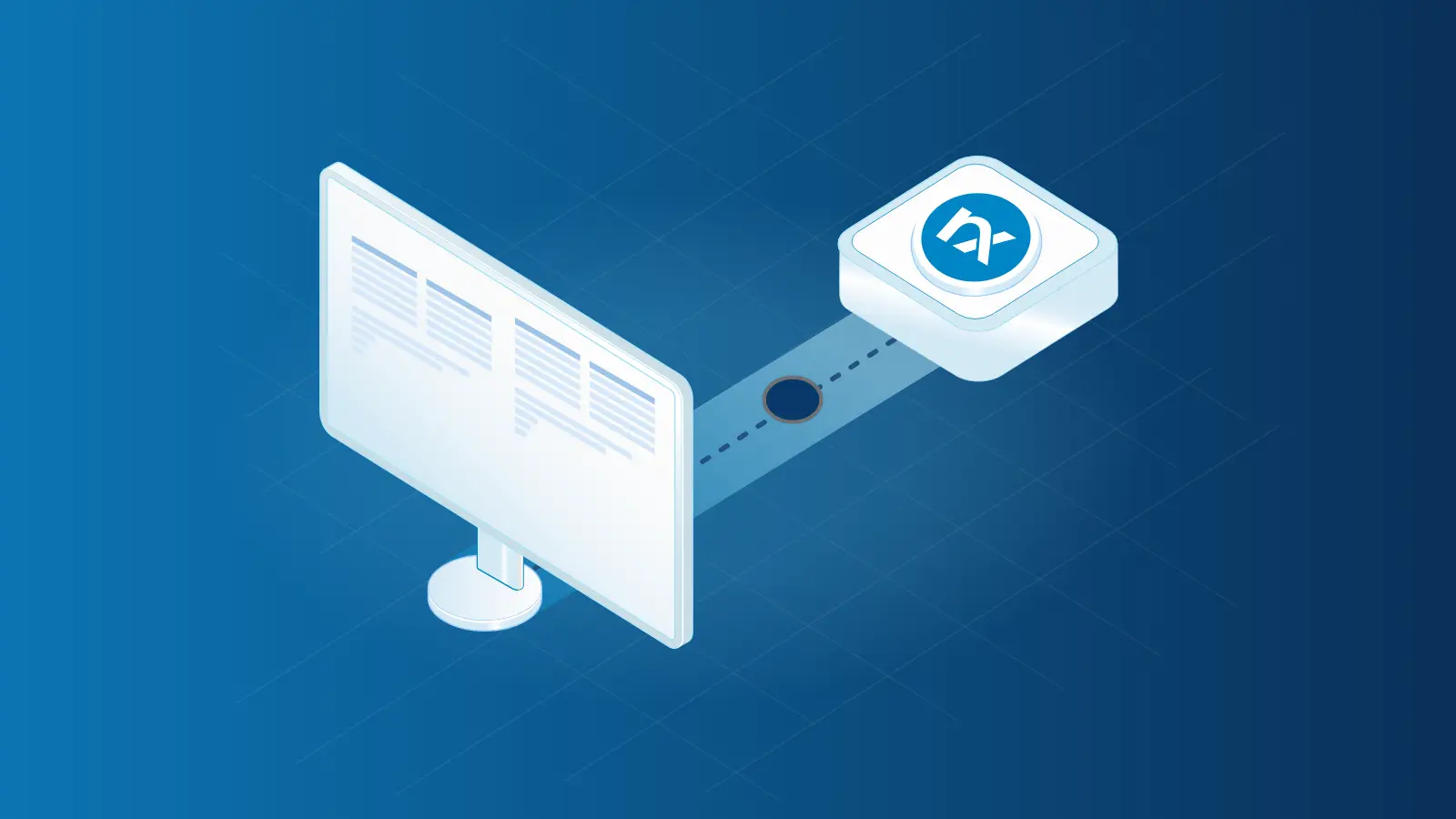log aggregation | centralized logging
The benefits of log aggregation
Logs are a record of the internal workings of a system. Nowadays, organizations can have hundreds and, more regularly, thousands of managed computers, servers, mobile devices, and applications; even refrigerators are generating logs in this Internet of Things era. The result is the production of terabytes of log data—event logs, network flow logs, and application logs, to name a few—that must be carefully sorted, analyzed, and stored.
Without a log management tool, you would need to manually search through many directories of log files on each system to access and extract meaning from these millions of event logs.
log aggregation | macos | siem | macos logs
Aggregating macOS logs for SIEM systems
Apple has made great strides in recent years, not only with its innovative hardware, but also with incremental improvements to its operating systems. For a number of reasons, Macs have become viable alternatives to PCs in many large corporations. Apple also continues to maintain a strong presence in institutions of higher education, as it has for decades in the US. Whether your Mac users are working on spreadsheets in accounting or they belong to creative teams developing software or marketing content, your digital assets are valuable and need to be monitored to detect any potential security threats.
log aggregation | centralized logging
Log aggregation with NXLog
The value of log aggregation There is no denying the importance of log aggregation for multi-million-dollar enterprises worldwide. But just what is log aggregation? And how can it help your organization? Well, log aggregation is the process of standardizing and consolidating your log data from distributed systems across your network into one centralized server. By doing so, you have a unified view of what occurs across your entire IT infrastructure.
raijin | log aggregation | analytics | apache superset | database
Using Raijin Database Engine to aggregate and analyze Windows security events
In this post, we will look at how to use Raijin Database Engine as a backend in a centralized logging environment for collecting and aggregating Windows security events. We will also show you how to integrate Raijin with an open source data exploration tool. Finally, you will see how you can track suspicious network activity and identify specific types of intrusion on Windows hosts using these tools.
A low-cost, lean and mean data discovery solution Although the combination of tools we present here cannot compete with a full-fledged SIEM solution, they do offer quite a few advantages for security analysts who need a responsive, highly customizable data discovery solution that accepts ad hoc SQL.
siem | centralized logging | log aggregation
How a centralized log collection tool can help your SIEM solutions
IT security should be one of the main focus points of all enterprises. In today’s world, when digital transformation is taking place at an unprecedented pace, securing online data is vital for all kinds of businesses. This is why most companies are utilizing SIEM (Security Information and Event Management) solutions that help them identify threats before they can do any harm.
Even though SIEM tools are perfect for event correlation and analytics, it is not part of their core functionality to manage log collection, filtering, distribution, and formatting.



